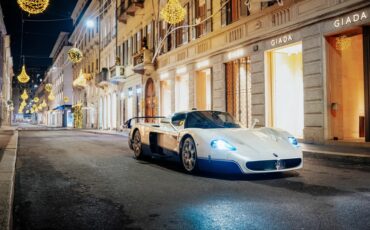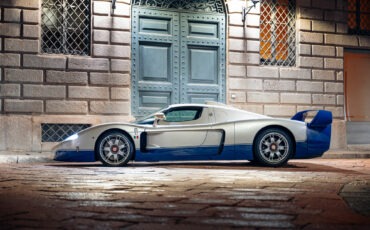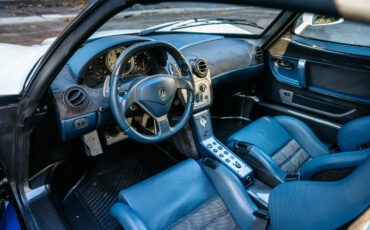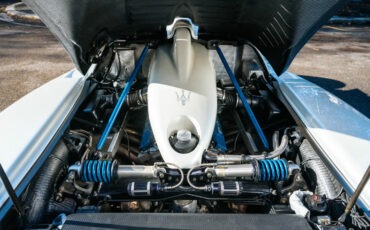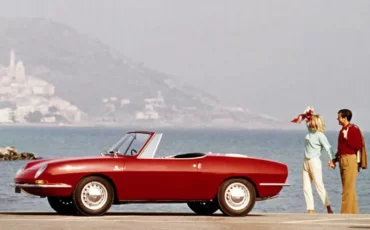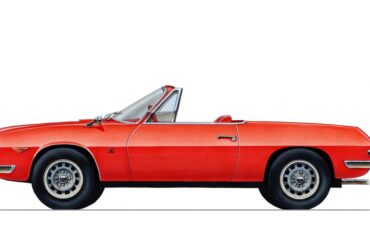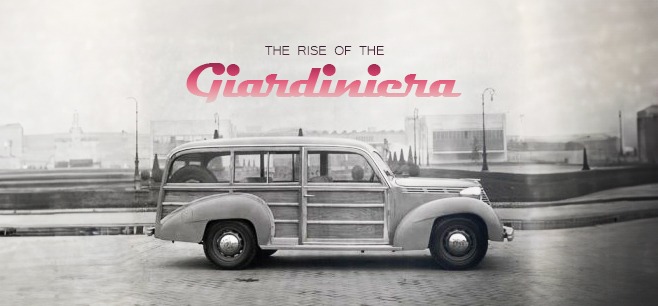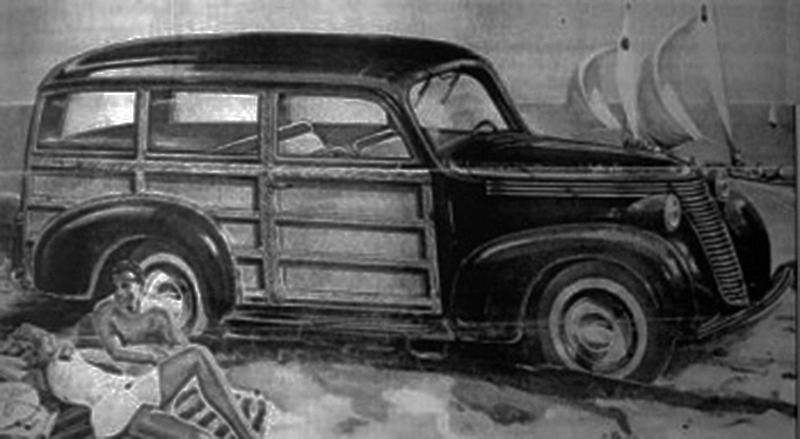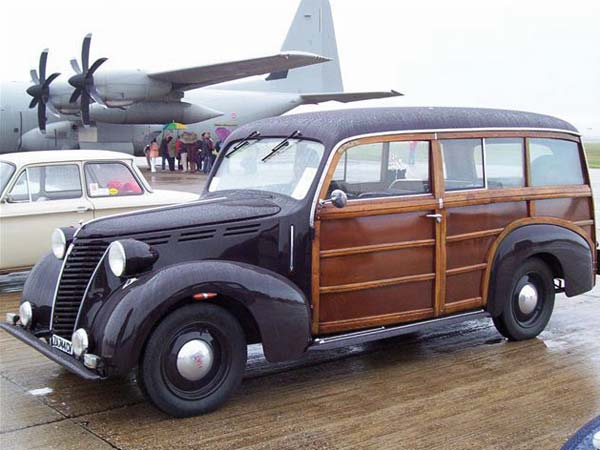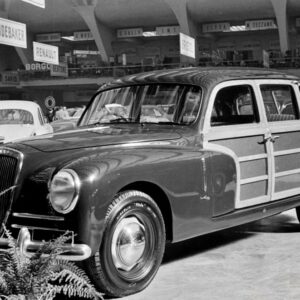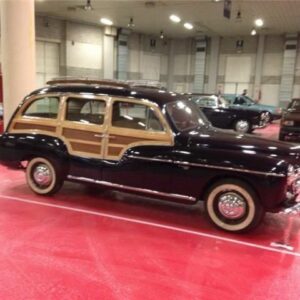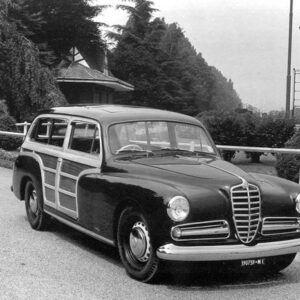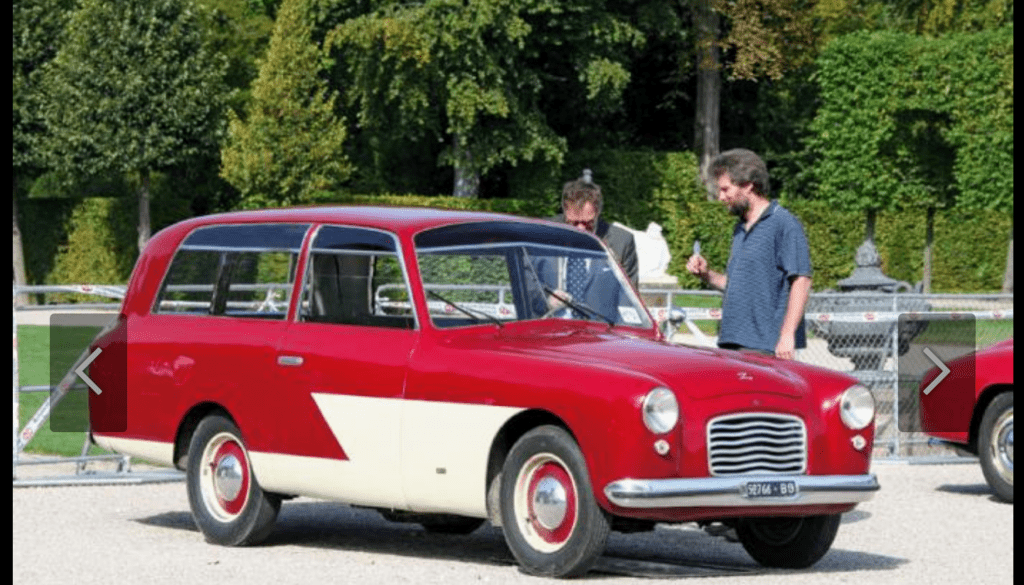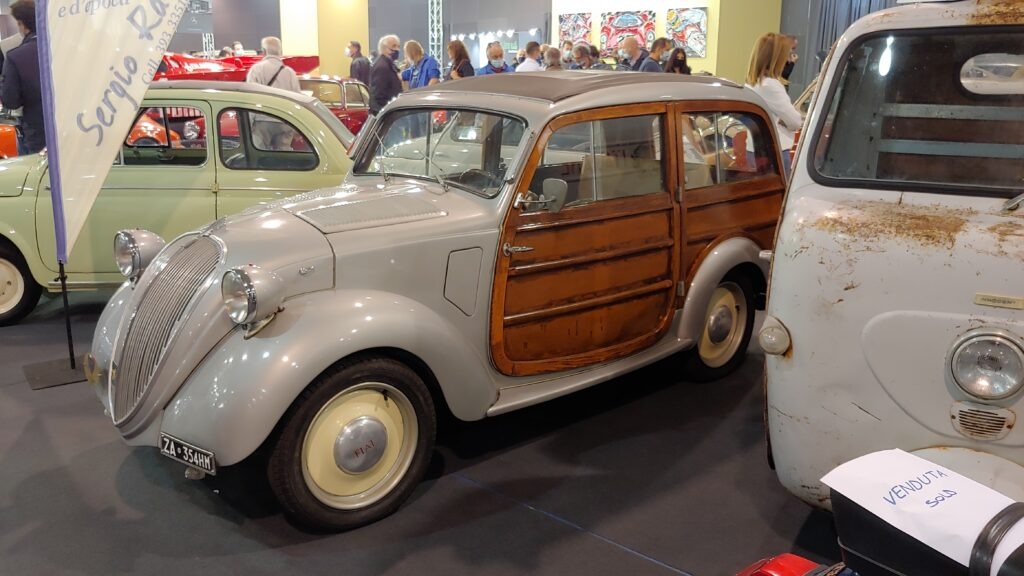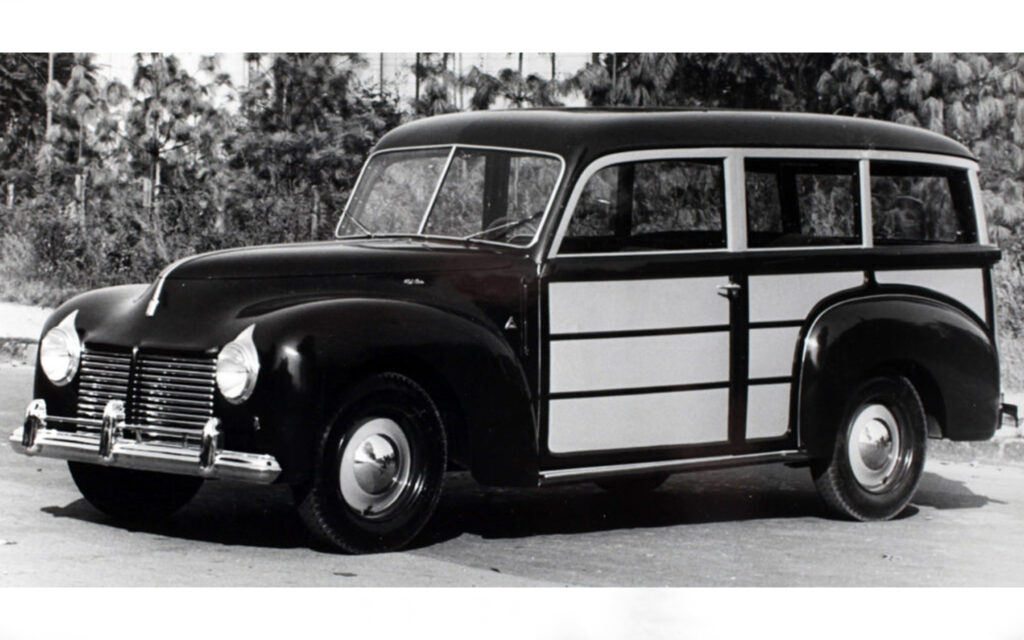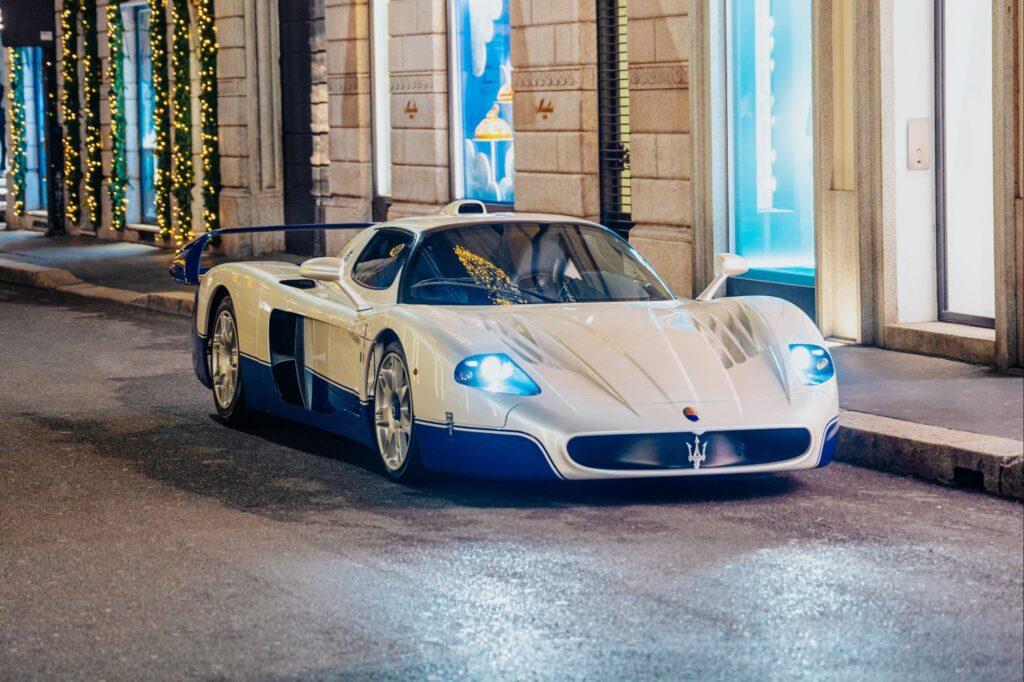
In the recent realm of automotive legends, the Maserati MC12 stands as a beacon of power, precision, and unparalleled performance. Born from the fires of motorsport, this extraordinary machine was crafted to dominate the FIA GT Championship, pushing the boundaries of speed and engineering excellence. As we delve into the intricacies of its design and performance, we uncover the story behind one of the most coveted supercars of its time.
A Triumph of Speed and Style
The Maserati MC12, or Maserati Corse 12-cylinder, emerged as a force to be reckoned with on the track, boasting speeds that exceeded 330 km/h and acceleration from 0 to 100 km/h in a mere 3.8 seconds. Designed to meet the stringent regulations of the FIA GT Championship, this targa car epitomized the marriage of form and function, blending aerodynamic prowess with striking aesthetics.
To secure homologation for competition, Maserati embarked on the production of a limited edition of 50 units, with 25 built in 2004 and another 25 following in the subsequent year. Each meticulously crafted specimen commanded a hefty price tag, starting at 600,000 euros at presentation but soaring to 720,000 euros upon reservations. Collaborating with esteemed partners such as Dallara and Ferrari, Maserati spared no expense in realizing the vision of the MC12.
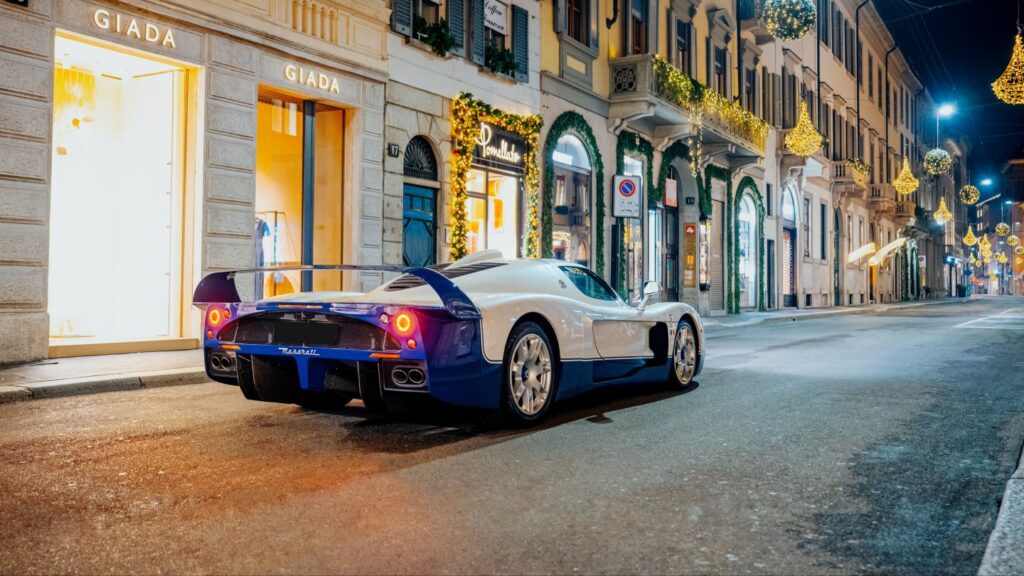
Design Innovation and Evolution
At the heart of the MC12’s design lay a fusion of creativity and engineering ingenuity. Giorgetto Giugiaro‘s visionary concept, conceived during wind tunnel tests, laid the foundation for the car’s distinctive silhouette, while Frank Stephenson contributed his expertise to refine and perfect the final aesthetic. The result was a masterpiece of automotive design, characterized by fluid lines, aerodynamic contours, and a commanding presence on the road.
Originally envisioned in a classic mother-of-pearl white with blue sills, reminiscent of Maserati’s racing heritage, the MC12 exuded timeless elegance. Yet, in response to customer demand, Maserati acceded to requests for alternative color options, including silver, dark grey, dark blue, and orange, adding a personalized touch to this exclusive breed of supercar.
Power and Performance Redefined
Beneath the sleek exterior of the MC12 lay a powerhouse of performance, propelled by the legendary Ferrari F140 engine. Derived from the iconic Ferrari Enzo, this V12 marvel unleashed 630 horsepower at 7500 rpm, delivering exhilarating acceleration and formidable speed. The MC12 boasted a six-speed Maserati gearbox with computerized selection, enabling seamless gear shifts with precision and efficiency.
As a mid-engine, 2-seater coupe-spider with a removable roof, the MC12 epitomized the marriage of luxury and performance. With a weight distribution of 41% in the front and 59% in the rear, coupled with advanced carbon fiber construction, the MC12 offered unparalleled handling and agility on the track and the road.
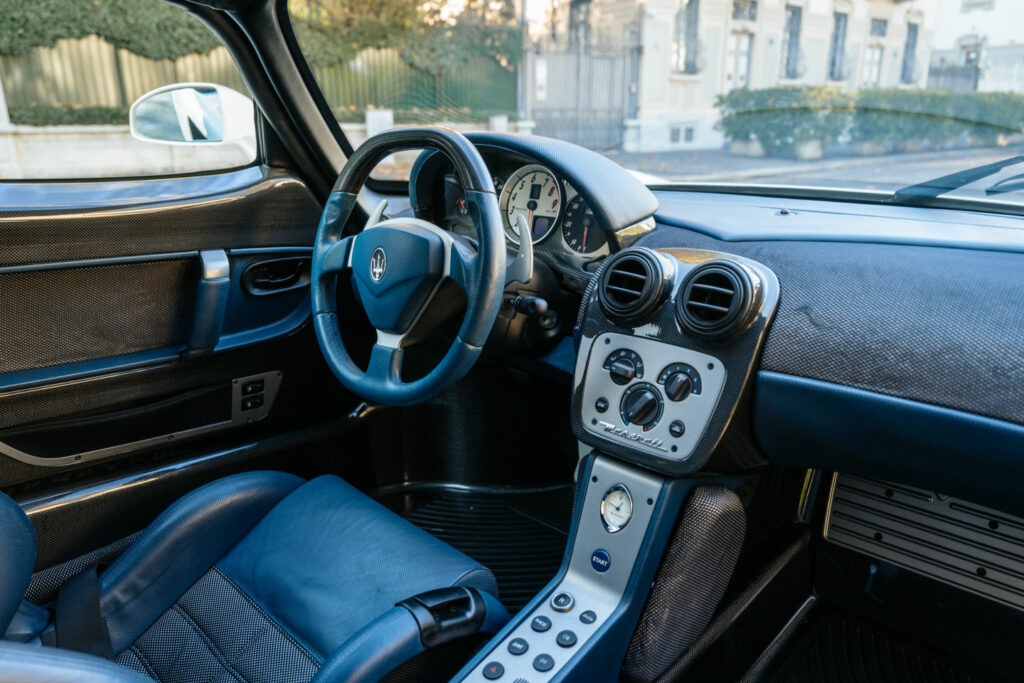
Engineering Excellence and Innovation
The MC12’s engineering prowess extended beyond its powertrain to encompass every facet of its design. Meticulous attention was paid to aerodynamics, with extensive wind tunnel testing informing the placement of air intakes, spoilers, and the iconic rear wing. The result was a symphony of airflow, optimizing downforce and stability at high speeds.
Front and rear independent double wishbone suspension, paired with a push-rod system, ensured precise handling and responsiveness, while the Brembo braking system delivered unparalleled stopping power. With 19″ rims and Pirelli tires providing traction and grip, the MC12 offered a driving experience unlike any other, elevating the art of performance driving to new heights.
In conclusion, the Maserati MC12 stands as a testament to the pursuit of automotive excellence, embodying the spirit of innovation, performance, and passion. From its inception as a championship-winning race car to its transformation into a limited-edition masterpiece for the road, the MC12 continues to captivate enthusiasts and collectors alike, leaving an indelible mark on the annals of automotive history.
Photos courtesy of RM Sotheby’s.

